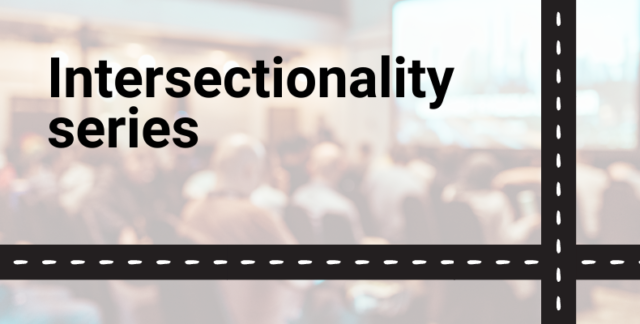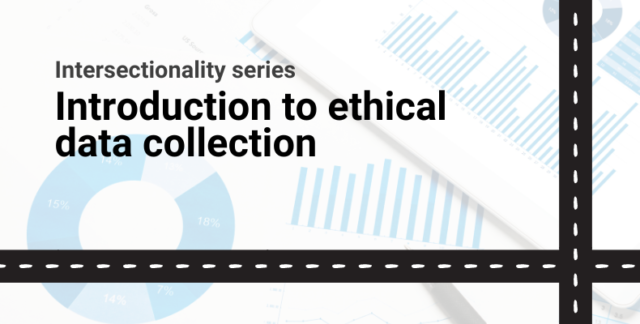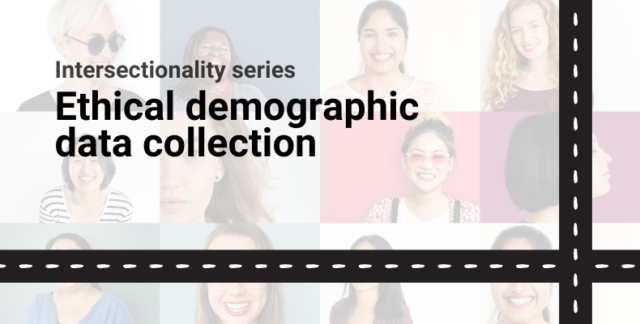Previously on the Intersectionality Series, we explored examples of good practice in collecting demographic data. These data provide a quantitative measure of diversity within an organisation’s staff or student body.
However, as we learned in the first session, it can be difficult (if not impossible) to capture and fully understand intersectional experiences without qualitative data.
In this webinar, we look at ways to get rich, nuanced data using qualitative research methods to support our gender equity, diversity and inclusion work. Experts share their advice on how to:
- identify questions that can be answered with qualitative data;
- recruit a diverse range of participants for your survey or research interview;
- protect participants’ safety; and
- ensure that your data collection, analysis and reporting are methodologically sound.
Speakers
Associate Professor Kathleen Butler
Head of the Wollotuka Institute, University of Newcastle.
Dr Sarah Wayland
Senior Lecturer – Social Work, University of New England.
Dr Annmaree Watharow
Research Focused Academic, the University of Sydney.
Sign in to read the full article.



